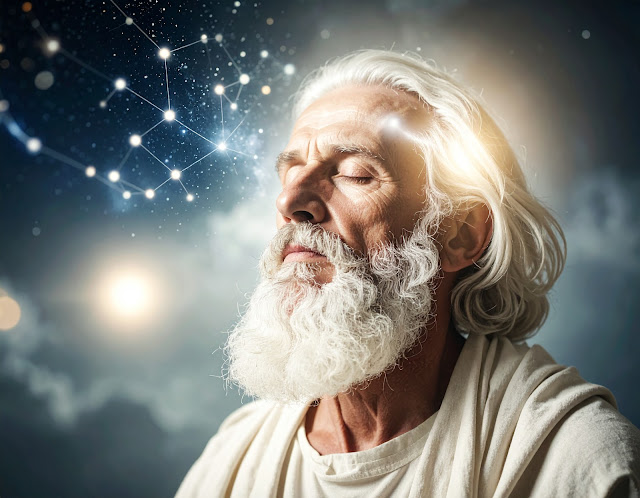The Ever Present Witness
“When someone named Theophilus asked Apollo whether he was a god or another [was a god], he replied thus: High in the sky, beyond the highest space ever reached, there exists an immense, floating, eternal flame; it is unattainable even by the blessed [gods], as long as [the supreme father] does not will it. There exists above the Aether, more powerful than the shining stars or the moon that shines suspended. I meet no god in its path, and even I [Apollo] never, when I turn toward that fire, do my rays reach it, even as I circulate through the Aether. But God is an immense flame, its movement produces the sound of auloi, and when it walks through the air whirling, it hisses continually. He who has touched the aetherial fire has no fear in his heart, because no fire burns him. In perpetual motion, God himself, eternal, blends the eternal with the eternal. Self-born, with infused wisdom, motherless, unshakeable, whose name cannot be grasped by language, a dweller in fire, this is what God...








